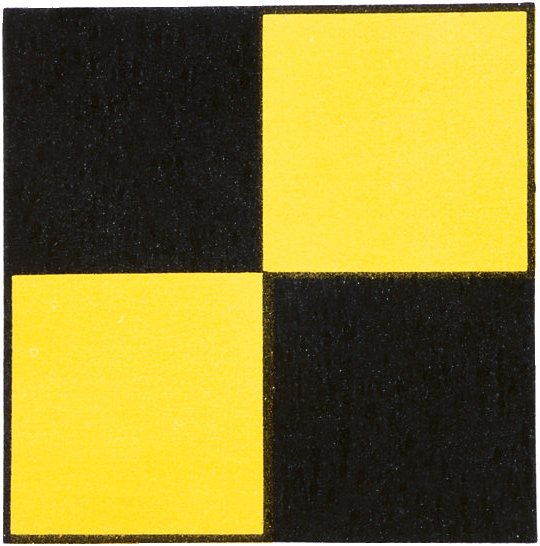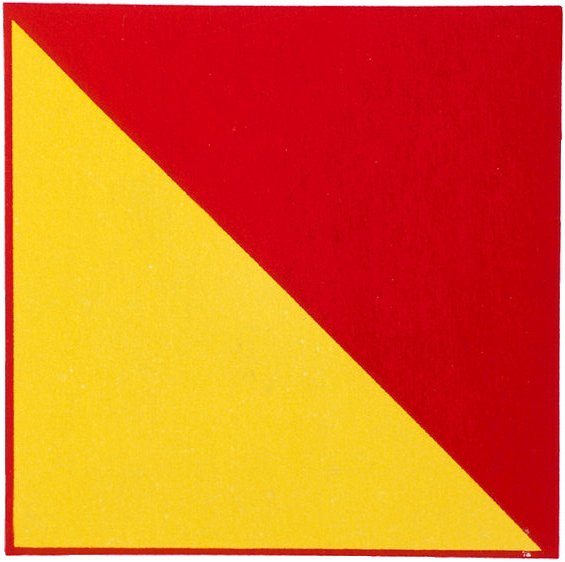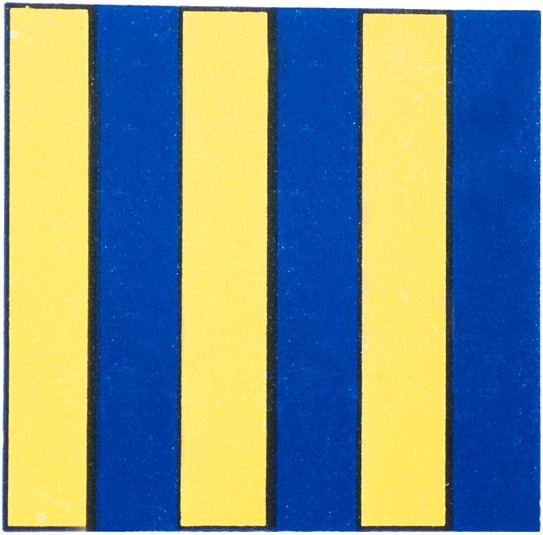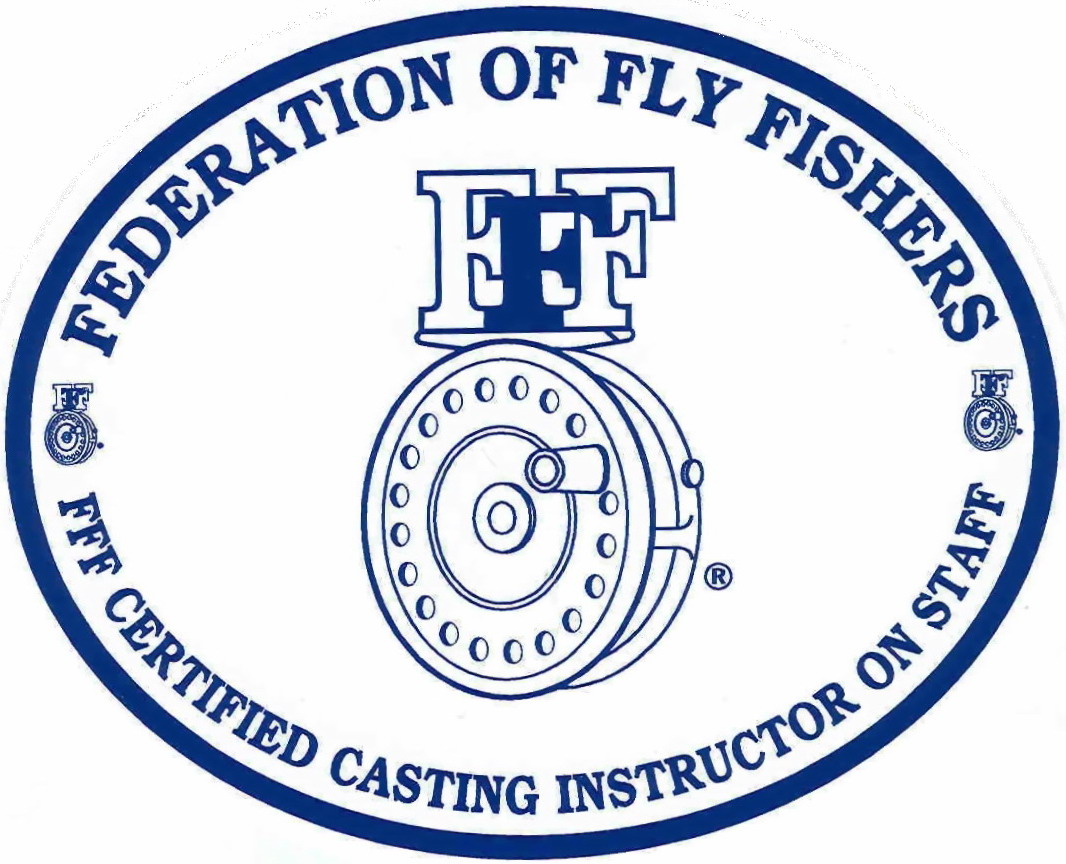What Casts/Techniques Should You Know?
by Captain Jim Barr on 09/14/16
This short article is addressed to the fly angler who has a good grasp of the basics of fly casting but who aspires to get better. What follows are a lit of casts and techniques that I instruct in my Advanced fly casting lessons. Most apply to fresh and saltwater environments but typically are used more frequently when fishing in saltwater where we typically need to achieve greater distances and with faster presentations, and are less concerned with the need for accuracy (i.e. dropping a dry fly on a rising trout's nose). None of them are difficult to learn and typically most can be picked up in a couple of two hour lessons. If interested and you are in the southern New England area, please contact me for private casting lessons.
Casts:
- Saltwater Quick Cast- typically used by an angler on a flats or bay boat who needs to make an accurate and fast cast to moving fish in relatively calm water. This cast is imperative to know when fishing for Bonefish, Tarpon and Permit, and for Bonito and False Albacore in New England waters.
- Single Haul- this is "one-half" of a double haul. It is designed to help speed-up a number of types of casts and to quickly achieve higher line speed and distance.
- Double Haul- used to achieve higher line speed, greater distance and with less false casting. This cast and the Single Haul are imperative for anglers fishing in windy conditions and who may be casting large air resistant fly patterns.
- Off Shoulder Cast- this cast is helpful to the angler who has wind blowing against their casting arm/shoulder where the fly line passes perilously close to the angler on both the forward and back casts, and when the angler needs to present a fly when a traditional back cast cannot be made due to wind or obstructions.
- Roll Cast- typically used to cast the line when there is no room to make a traditional back cast due to obstructions such as bushes, trees, a boat's center console, another angler on the boat etc. This can be combined with the Off Shoulder casting technique. The Roll Cast can also be used very effectively to quickly reposition line and to assist in stages of repositioning a sinking line closer to the water's surface in preparation for a cast.
- Single Water Haul- using the surface tension of the water to load the rod in preparation for the backcast to achieve additional distance.
- Double Water Haul- using the surface tension of the water to load the rod on both the forward and back cast as a setup to a high overhead forward cast.
- Long-Line pickup- a casting technique used to pick up very long lengths of fly line in preparation for a forward cast.
- Casting with the Wind at your Back- a variety of techniques to take advantage of wind blowing from behind the angler to achieve significant increases in casting distance.
- Casting into the Wind- techniques to help the caster achieve higher line speed and presentation angles to be able to mitigate the distance shortening effects of wind.
- Belgian Cast- a wind casting technique that utilizes an oval shaped path of the fly rod starting with a low casting plane for the back cast and coupled with an "angled-up" forward cast in order to take advantage of wind at the casters back.
- Change of Direction Cast- a casting technique that allows the angler to make a quick change in direction after a cast has been initiated.
- Extra High Back Cast - a casting technique designed to get the fly and line above an obstruction to the rear of the caster or to insert the back cast into an opening behind the caster (such as a space between trees) to allow for a longer forward cast.
- Barnegat Bay Cast- a backhand fly casting technique that allows the angler to present a low angle (plane) cast in windy conditions and/or to keep the fly line on the forward and back hand casts outside the interior of the boat.
- Dapping- a simple way of presenting the fly at very short ranges using a "high-stick" approach.
Other Techniques:

- False Casting uses
- Why we overline a rod and by how much
- Casting heavy lines
- Slipping line
- Casting Shooting Heads
- Controlling long line with coils
- Controlling line on the Shoot
- Open v Closed Stance
- "Fishing the Hang"
Comments (0)





